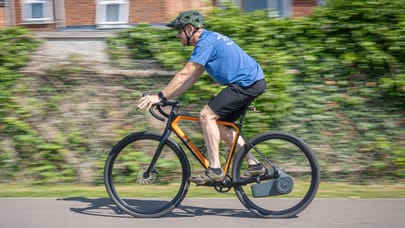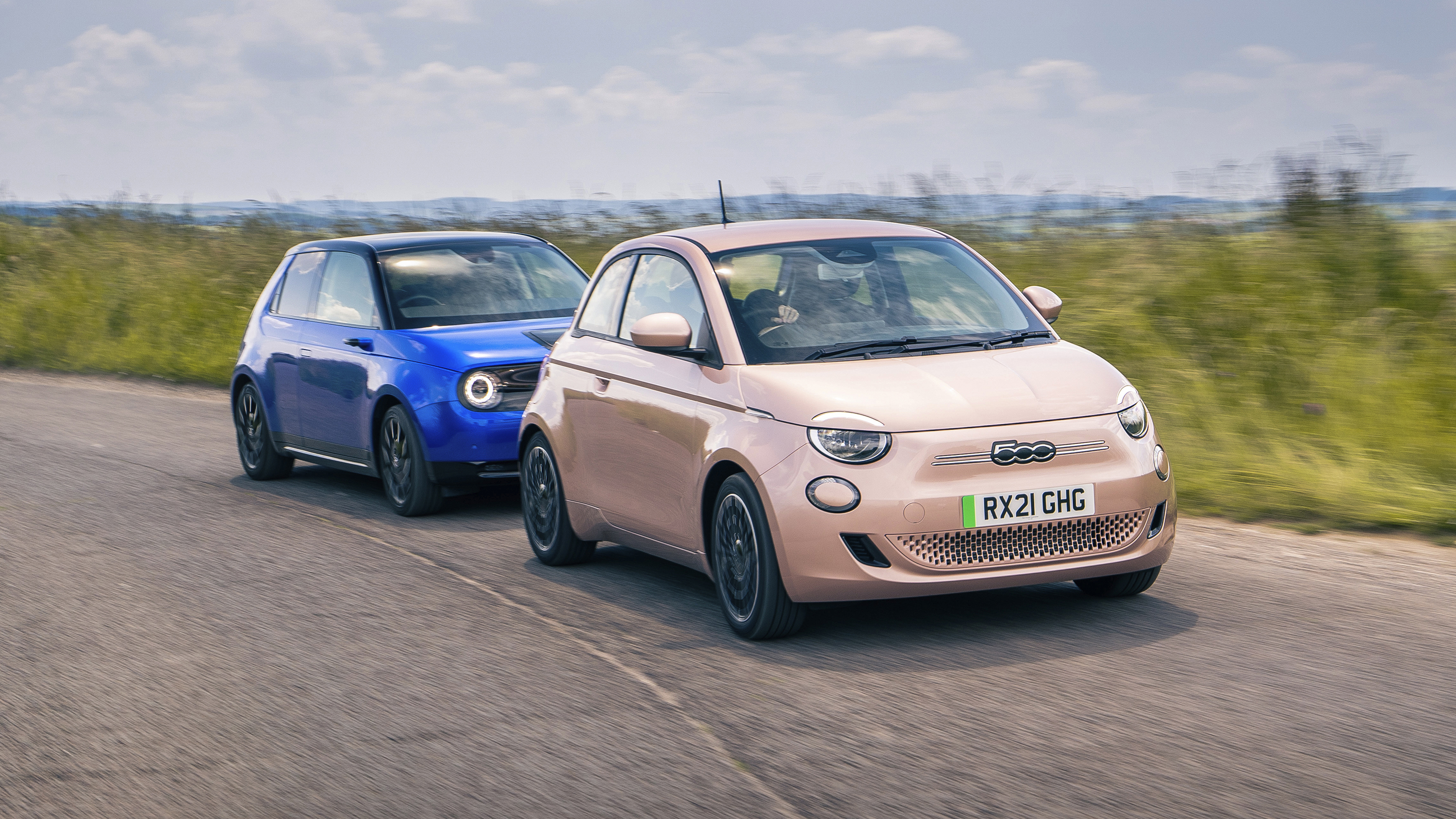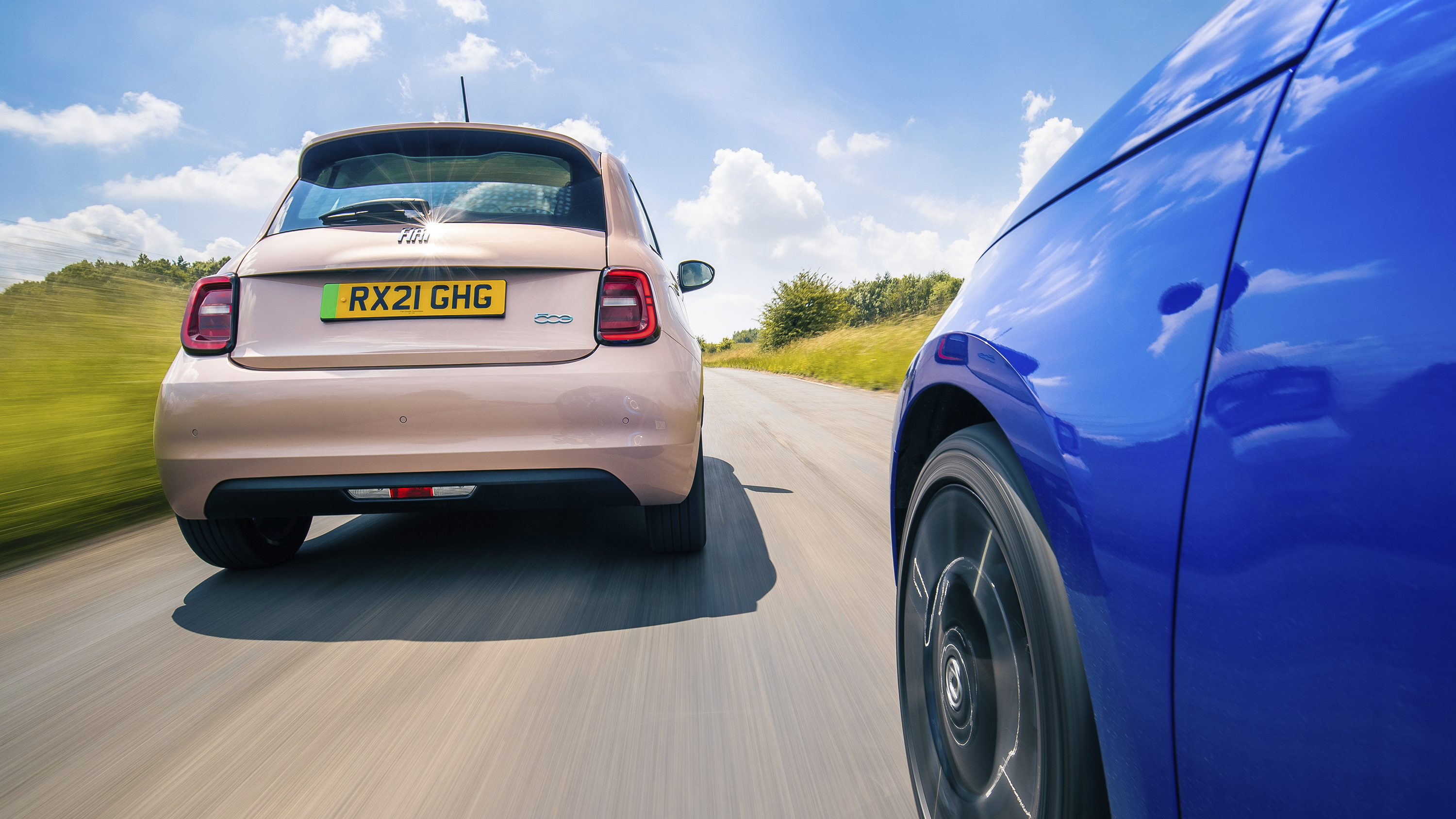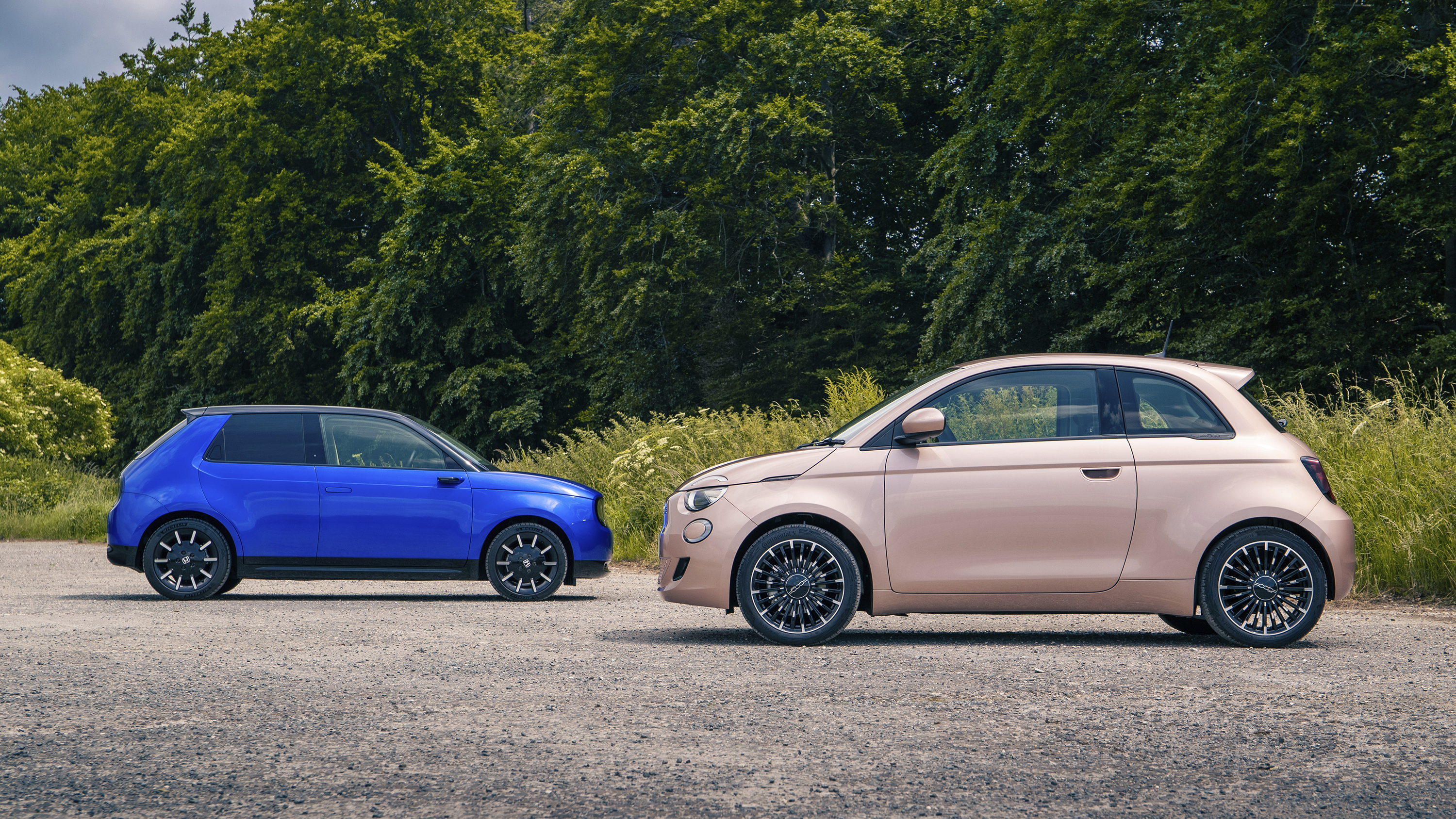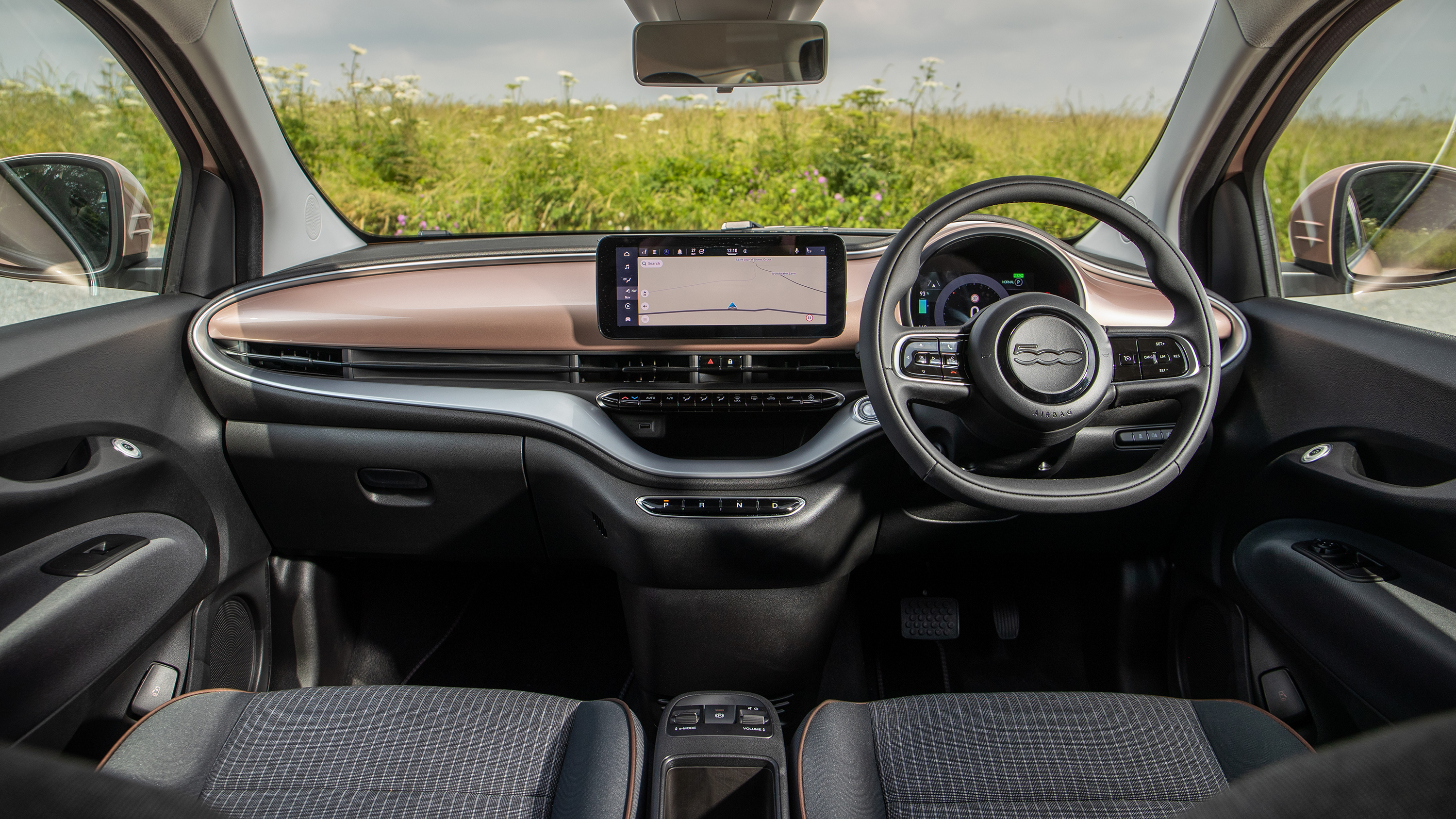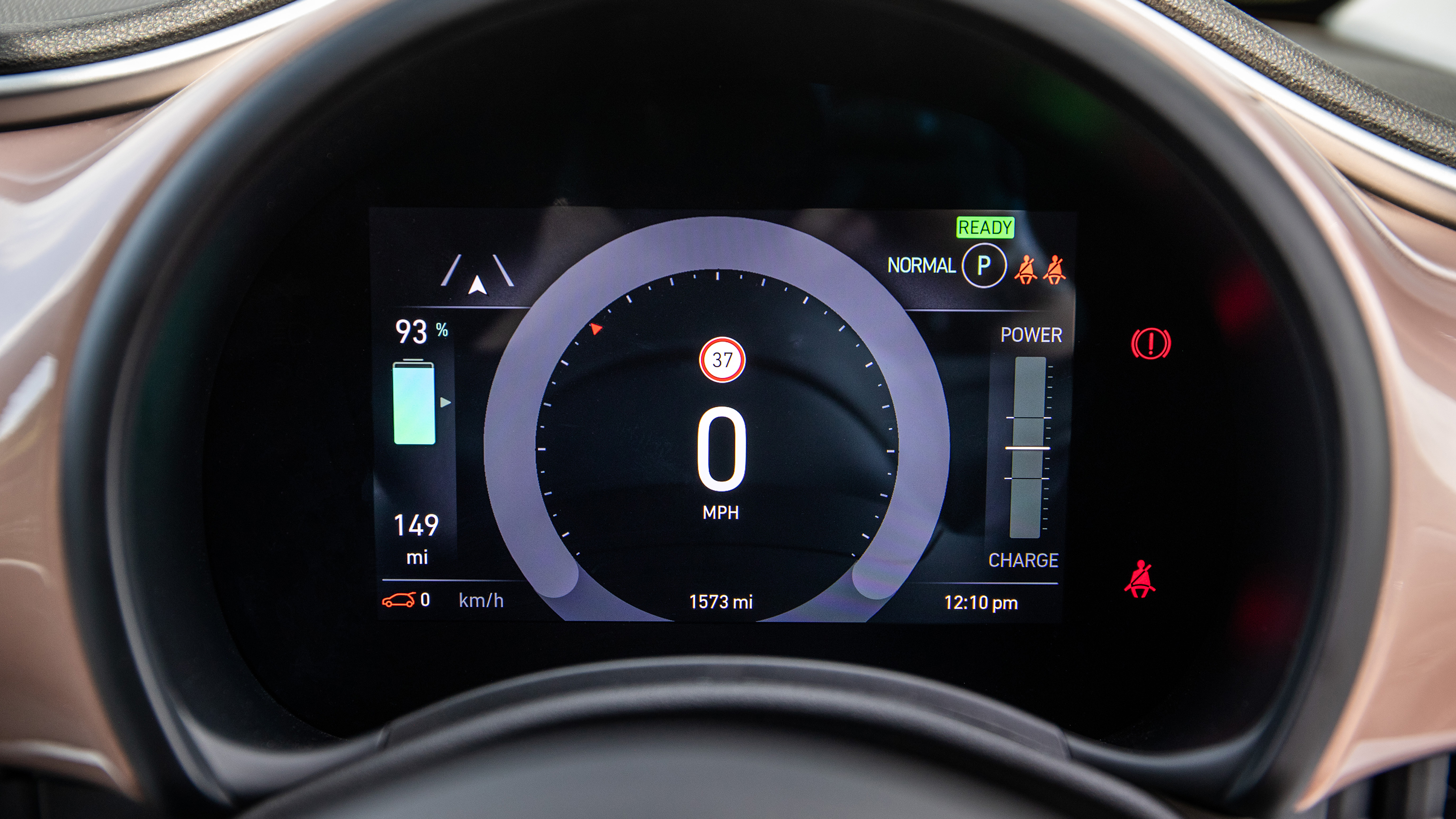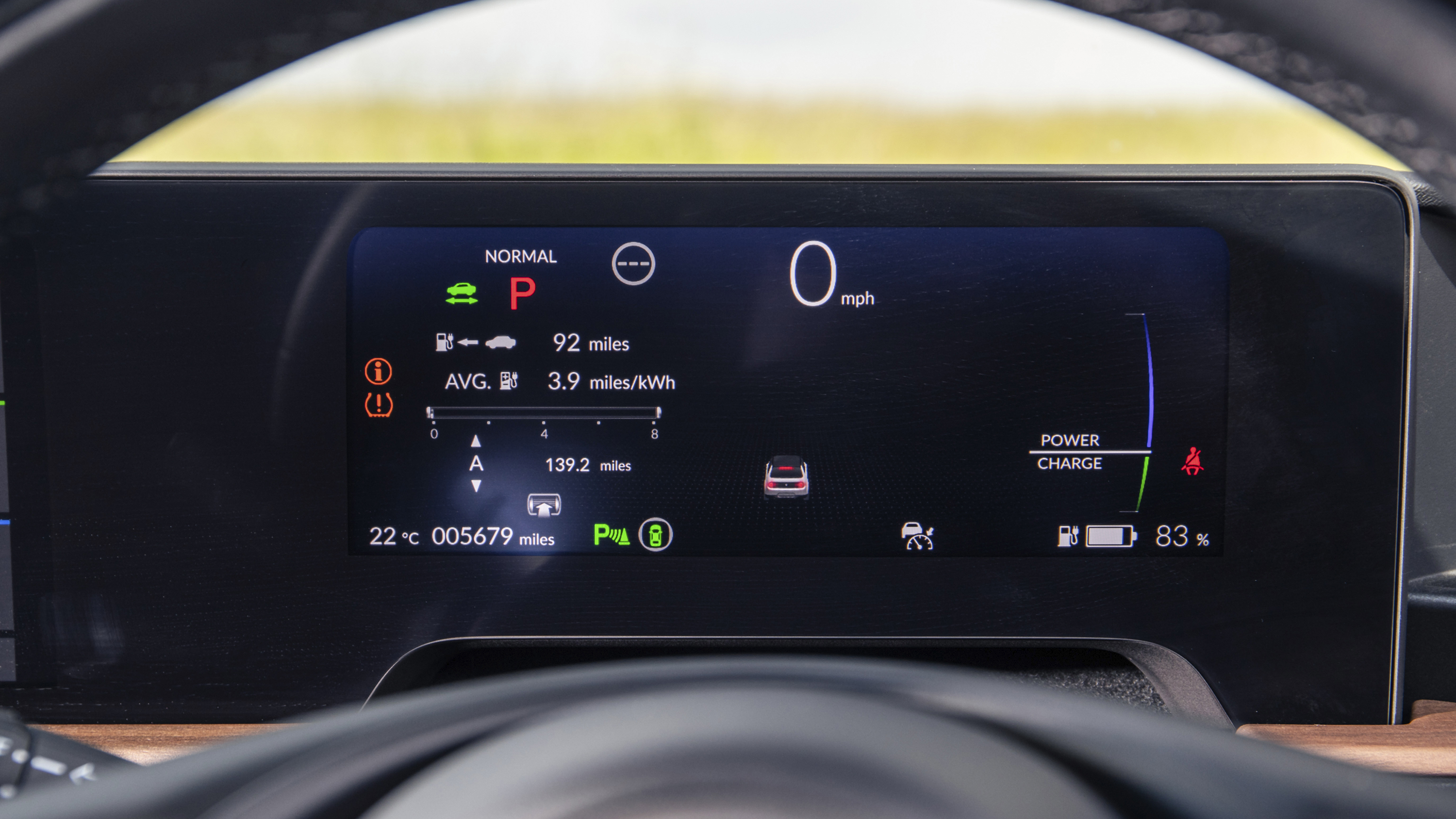
The Top Gear twin test: Honda e vs Fiat 500
We know they both look great, but can Fiat’s new electric 500 outdrive a Top Gear electric car favourite, the Honda e?
So you need a second car to act as the family runaround, and because you care about plastic in the ocean and furry animals, it needs to be electric. It also needs to shout about that fact, because what’s the point in doing something good for the world if your neighbours don’t know about it? Oh, and it needs to be cool, because to accept a compromise on range you’re going to have to really love it.
Luckily, both of these cars represent fantastic pieces of design. The Fiat 500 instantly catches the eye thanks to its recognisable shape and love-it-or-hate-it rose gold paint, but get up closer and you’ll realise this is far from an old 500 with some batteries in it. There’s not a single part here that you’ll find in the IC-engined 500, which we first saw way back in 2007 and which will continue to be sold alongside its electric sibling – although it feels massively out of date in comparison.
This EV-only 500 is longer, wider and taller than the car it’ll eventually replace and blends that Fifties-inspired design with ultra-modern surfacing. Lower spec versions start at a very reasonable £20,495 after the government grant too, and for extra style points you can even have a rag-top roof for £2,650, making it one of the only all-electric convertibles you can buy in the UK. And what a cute face!
Photography: Jonny Fleetwood
Talking of faces, we’re fairly used to seeing the Honda e’s lovable mug by now, but that shouldn’t cloud any judgement on just how good it looks. It’s the car that people stop to chat about and the one that everyone coos over throughout our day-long shoot. It’s admirably different and almost impossible not to like.
Plus, much has been made of the price of the little Honda, but as tested the Fiat actually costs more. Our Japanese contender here is the more powerful and slightly more expensive 152bhp Advance model, but the only option needed is £550 of metallic blue paint, so purchase price is £29,710 after the grant. At the time of writing, the cheapest available e will set you back just over £28,000. The Italian on the other hand, is in top-spec Icon trim here with the larger of its two available batteries. So, with an additional £2,137 of options its on-the-road price is just on the wrong side of £30k.
The Fiat does comprehensively win the range battle to claw back some credibility. Its 42kWh lithium-ion battery is paired with a 117bhp motor and a more conventional FWD set-up, so claimed range is 199 miles on the WLTP cycle, or a more realistic 150. The Honda and its 36kWh battery claims 137 miles, but in the real world that’s more like around 100 miles.
In our time with the pair, it’s the Fiat that’s more efficient too – managing 4.2 miles-per-kWh versus the Honda’s 3.9 – although the Honda can rapid charge at a useful 100kW compared with just 85kW for the Fiat. Both suffer from accelerated battery use at motorway speeds, but the Honda is nicer and quieter to be in while doing the time.
"Get on the move and it’s almost immediately clear that the Honda is the one you want to be driving"
The seating position in the Fiat is also slightly off, just as it has been with recent combustion-engined iterations. There’s nowhere to rest your left foot and no height adjustment to the recycled fabric seats (unless you shell out an extra £300 for the comfort seats), so you sit bolt upright. The rest of the interior is well designed with a 10.25-inch touchscreen and separate climate controls. Hurrah! Although rear legroom is almost non-existent for the two in the back.
The instrument pod displays speed and charge levels clearly, and there are some neat touches like the silhouette outlines of Turin. Unfortunately things are let down by some cheap plastics and poor planning – there’s no cover for the central storage bin which looks messy, and the fancy door opening buttons have to be accompanied by a black lever lower down.
No such trouble for the Honda. With its retro lounge-like interior, six-screen action and handy 12V socket, it feels more premium inside. Every button and knob has a more expensive action, and the better placed fabric seats are softer, more stylish and more supportive than the Fiat’s. The camera that can replace the rearview mirror is something you’ll likely turn off almost immediately, but the wing mirror replacements work well once you’re used to them.
The Honda also gets four doors for easier rear access, but there are still only two extra seats back there and it actually has a smaller boot than the Fiat (171 litres plays 185). Both do without any kind of frunk, which means the only place for your charging cables is in a bag in the boot.
Top Gear
Newsletter
Thank you for subscribing to our newsletter. Look out for your regular round-up of news, reviews and offers in your inbox.
Get all the latest news, reviews and exclusives, direct to your inbox.
Get on the move and it’s almost immediately clear that the Honda is the one you want to be driving too. You sit low and longer-legged in the e, and it feels much livelier than the 500 with the rear-wheel-drive set-up (and Michelin Pilot Sport 4s) making a huge difference. It’ll get to 62mph a full second quicker and Honda includes paddles behind the steering wheel to adjust the level of regenerative braking if you aren’t in one-pedal mode. Pull the left paddle instead of braking into a corner and it can become remarkably addictive to drive, with the fully independent suspension soaking up bumps and limiting roll. The steering has a nice weight, whereas the Fiat’s is incredibly light all the time, not just in town where such a trait can be useful.
The Fiat feels less sophisticated to drive on the whole, its pedals and steering looser and less progressive. It’ll hold its own in a 0–30mph traffic light sprint thanks to 162lb ft of instant torque, but it’s nowhere near as fun to drive, even if it is just around the roundabouts of your local city centre. There’s plenty of grip, but the slightly bouncy ride doesn’t take kindly to mid-bend bumps.
It’s also a shame that Fiat has only included three drive modes. You’ll want to avoid Sherpa – that switches off everything you don’t need and limits power – which means in everyday driving you’re left with Normal mode, which allows the car to completely coast and only deploys regenerative braking with the first stage of pedal travel, or Range mode, which switches to full one-pedal driving and max regen. With most customers likely to have come from a combustion-engined car, it might have been wise to feature a compromise between the two, or to let the driver adjust the regen with wheel-mounted paddles. Fiat has put additional volume and skip controls behind the wheel instead. Perhaps that’s a hint at buyer priorities...
Beware Fiat 500 prejudice, though. As alluded to earlier on, the all-electric 500 is leaps and bounds better than its combustion-engined counterpart and will make a fantastic polar bear-friendly city car for many. In fact, with that real world 150-mile range it could even serve as an only car if you rarely frequent Britain’s motorway network. The same can’t be said for the Honda, but it wins this test thanks to superior quality and more satisfying driving manners. It’s also the one you want to be in, the one you want to be seen in and the one you really want to own. It’s the ideal second car.
Honda e Advance – 8/10
£29,160 otr/£29,710 as tested
e-motor, 36kWh battery, RWD, 152bhp, 232lb ft
0-62mph in 8.0secs, 100mph
137 miles claimed range/100 miles as tested
1555kg
Fiat 500 Icon – 7/10
£27,995 otr/£30,132 as tested
e-motor, 42kWh battery, FWD, 117bhp, 162lb ft
0-62mph in 9.0secs, 93mph
199 miles claimed range/150 miles as tested
1465kg






